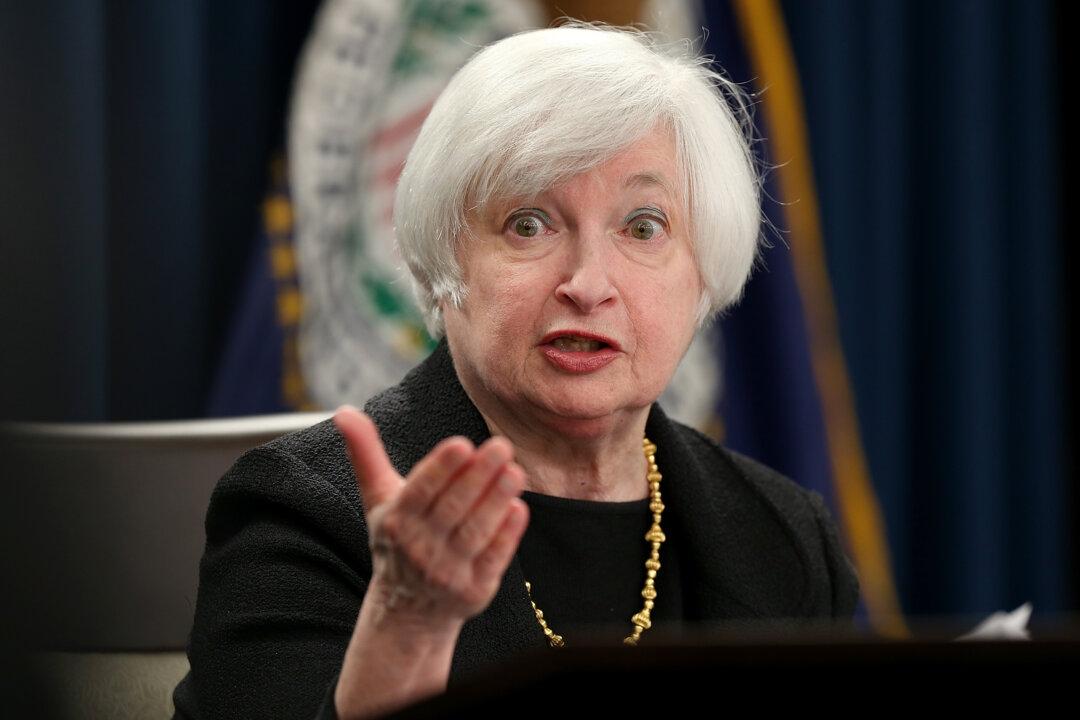The Fed reminded financial markets that a rate hike in December is very much a possibility. In a hawkish statement, the Fed gave a signal that it is far less worried about international developments—mainly China. It is also appears to be giving less weight to some recent weaker economic data.
The key change to the Federal Open Market Committee (FOMC) statement released Oct. 28 is the insertion of “at its next meeting” after the phrase “In determining whether it will be appropriate to raise the target range.” The Fed seemed to be putting particular focus on the December meeting.
The October meeting was thus largely about what the Fed will do in December as a rate hike was not expected on Oct. 28.
The Fed does not want to surprise financial markets after having spent most of 2015 wanting to raise rates and not doing so.
Assessing the Economy
The Fed statement upgraded household spending and business fixed investment saying they went up “at solid rates in recent months” as opposed to only “moderately” in September.
The Fed feels the development in inflation is a touch more positive than in September, characterizing it as moving “slightly lower” as opposed to “lower.”





